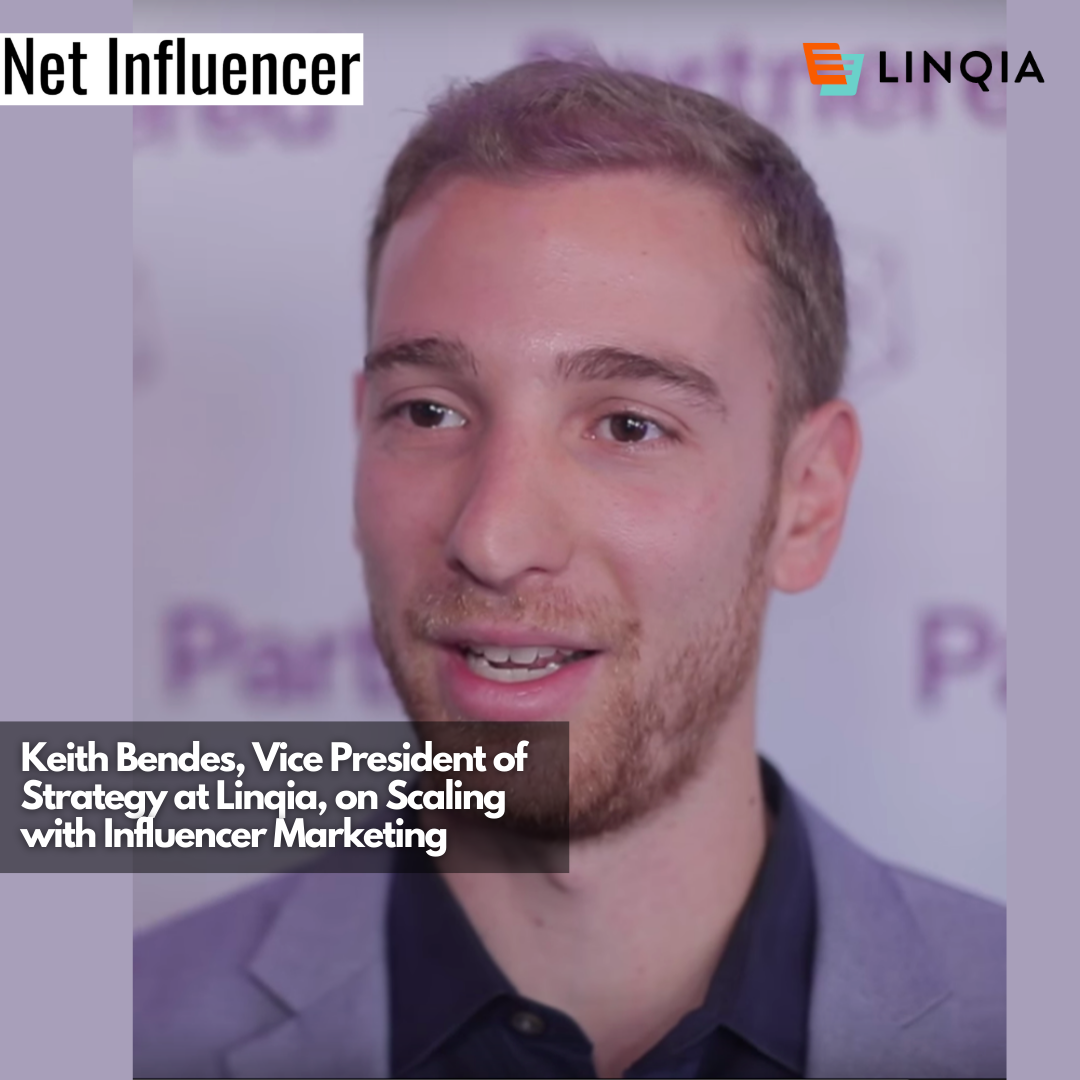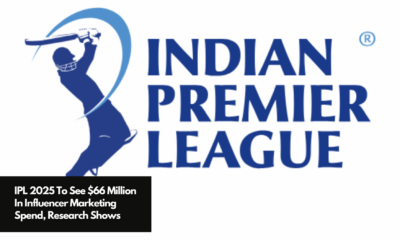Technology
Keith Bendes, Vice President of Strategy at Linqia, on Scaling with Influencer Marketing
Keith Bendes, Vice President of Brand Strategy at Linqia, an influencer marketing company, speaks with us today about how brands can successfully scale using influencer marketing. Keep reading to learn more about the wildly successful Linqia and Alka-Seltzer Hangover Relief campaign, Keith’s thoughts on the creator marketplace, and why creator usage rights are so important.
About Keith Bendes
Keith Bendes comes from a brand background. His work experience includes working at Unilever in multiple capacities, from trade marketing to customer development to shopper marketing.
Later, he moved to the agency side when he began working at Float Hybrid. At Float Hybrid, he spent years working with large brands advising and planning their digital and experiential spending.
He shares, “During that time, influencer marketing was coming up, it was just starting to boom. This was the early days of influencer marketing the way we now understand it, and so I started looking at those companies, spoke to a bunch of different players in this space, and fell in love with the Linqia leadership team.”
Around three years ago, he joined the Linqia team and now runs brand strategy working with Linqia’s largest brand partners.
“Most of my job is spent with large brands planning how influencer marketing fits into their broader marketing ecosystem.”
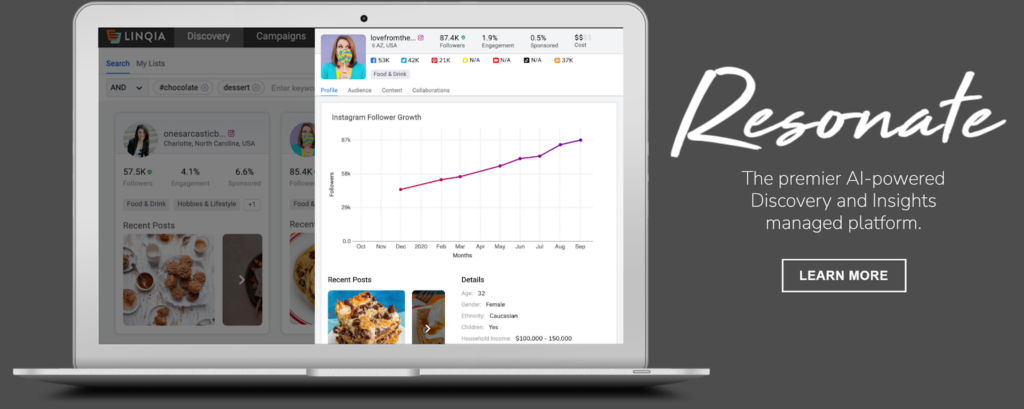
What is Linqia?
Linqia is a full service, tech enabled influencer platform bringing calm to the chaotic sea of influencer marketing. The company executes influencer activations for the world’s leading brands, from creative strategy to influencer identification and contracting to scaled execution. While some influencer companies only offer technology and others operate as pure play agencies, Linqia leverages both science and storytelling to help brands create emotive, human-first campaigns with inspiring content optimized by data driven insights.
Keith shares, “[Linqia] We’re a tech-enabled, managed service, so we execute everything for brands. We work primarily with large enterprise brands, who don’t want to be hands-on. These brands aren’t looking for self-service, and so we combine proprietary technology that we’ve built over the last decade to source influencers and collaborate with our partners throughout execution, while taking on all of the heavy lifting for them with white gloved service.”
Linqia’s technology includes detailed data and insights showing influencer performance, which helps to determine how to best formulate strategy and execute influencer campaigns with different brand partners.
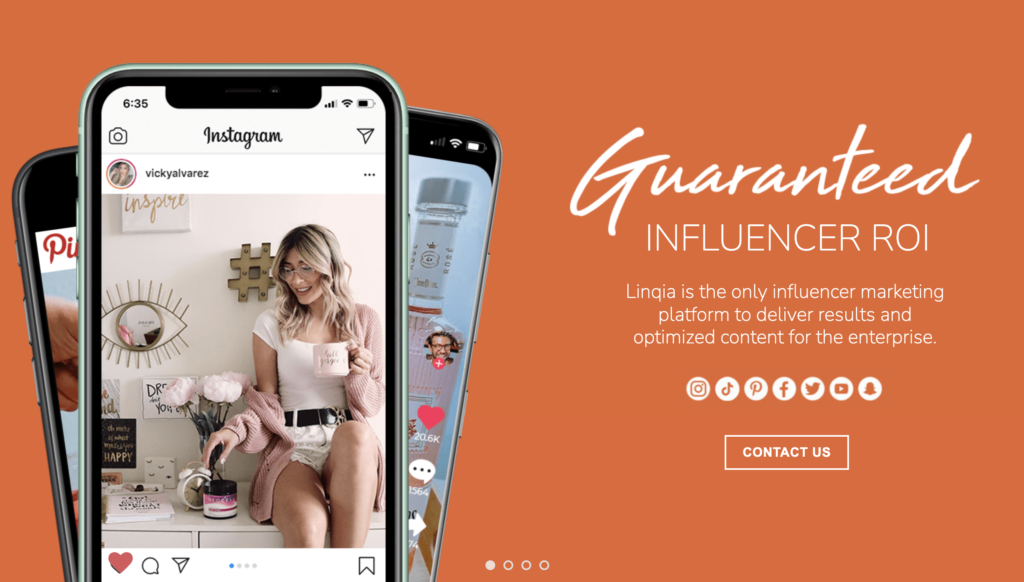
Scaling with Influencer Marketing
Keith Bendes explains that influencer marketing was very organic five to six years ago. Companies would find influencers, hire them, and the influencers would post on their handles. At this time, many influencers were paid in product or with low fees.
“It’s kind of expanded into more of a creator model [today] where these influencers aren’t just about their reach, they are also about the quality of content they produced. So brands have started allocating significant spends for this content and the usage of this content in other mediums. From a scalability perspective, where a lot of the sophisticated brands have gotten to today is using influencer content and creator content as a funnel for the entire ecosystem.”
Today, brands are using influencer and creator content on eCommerce pages to drive sales and paid social and display advertising to drive media effectiveness. Many brands who produce their content are even mimicking creators by making content that looks like TikTok or other popular social media forms.
Keith shares, “The conversation has shifted from a “What is my ROI in a campaign?” to “What is the total business impact of working with creators?”

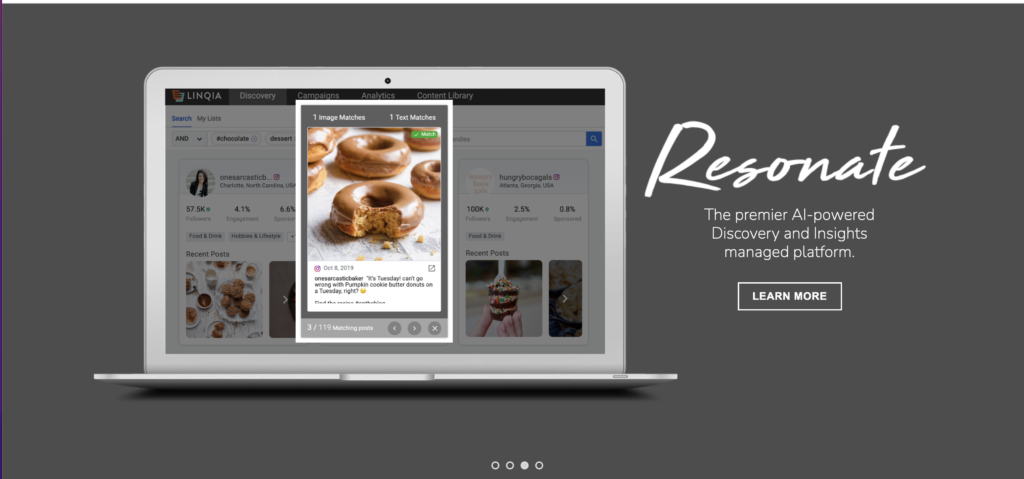
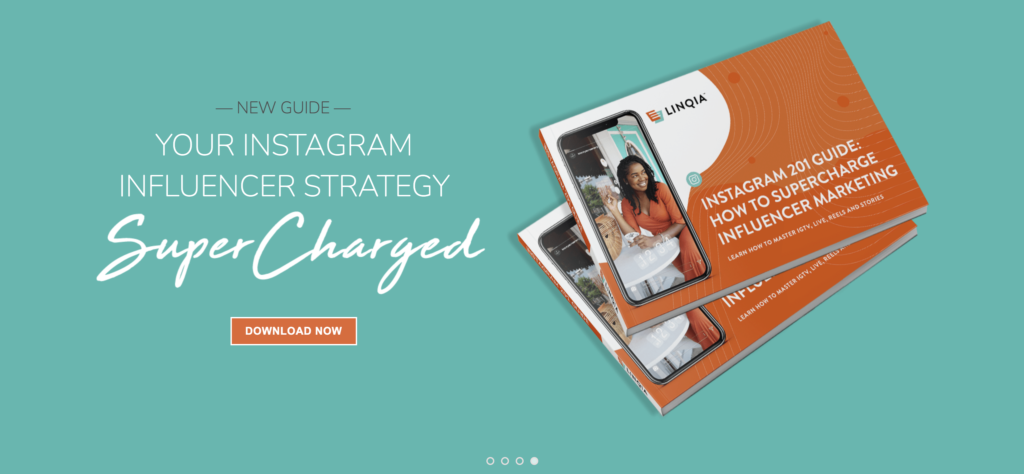
The Alka-Seltzer Hangover Relief Campaign
When asked about what determines a successful campaign, Keith shares that there are multiple benchmarks they look at, including social conversation, share of voice, mid-funnel favorability or lower funnel sales, and lifts in brand awareness and perception.
A recent campaign with Alka-Seltzer Hangover Relief was one such highly successful example.
Keith Bendes explains, “Alka-Seltzer has historically been used by consumers to treat hangovers, but it didn’t have a product specifically targeted to hangover relief. So, when they launched this new product, especially under a brand that has strong recognition, it is about shaping the perception of the brand and getting people to be more engaged with the content.”
Alka-Seltzer partnered with Linqia to accomplish the goal of driving awareness and eCommerce traffic to their new product. The brand partnered with famous rapper T-Pain to remix the original Alka Seltzer jingle, then leveraged Linqia to find influencers to take the new jingle and create content surrounding it.
The influencer campaign was wildly successful, with 2,124,187 people reached and 13,090,751 impressions achieved. In addition, a Facebook brand lift study showed a 5.7+pt increase in ad recall, with an estimated 52,162 more people answering that they had an overall very favorable or somewhat favorable opinion on Alka-Seltzer Hangover Relief.

Influencer Marketing Usage Rights
Keith Bendes shares, “Usability is a huge part of our model and a part of the brand’s value in investing with influencers. So, getting the usage rights for digital properties with influencer content is a major piece of the equation. It’s rare that we would sign an influencer contract if the influencer was not enabling that reuse… it’s such a massive part of the value proposition of being a creator.”
He adds that in post-production, they will take influencer content, create full-screen versions of the content, and resize it for other platforms so that brands can use the content to its fullest potential on other mediums.
“Paying the influencer for those [usage] rights is really important. You’re getting a lot of value beyond the audience that they reach, so it’s no longer just about their reach as an influencer.”
The Creator Marketplace
One of the biggest mistakes Keith sees in influencer marketing is brands chasing virality.
“I think influencers are a really powerful part of a marketing strategy, and I think if all you’re doing is chasing virality, you could be very disappointed if it doesn’t hit.”
The other common mistake he sees is that brands do not consider reusing influencer content after the creator posts. He notes that he also sees brands that lack a strong measurement and learning plan.
Something Keith would love to see in the next few years is a deeper push for commerce integration.
“I don’t believe influencers are there to push product. I think they’re there to tell stories and build perception, but how the product gets integrated from a selling perspective is going to be a real part of the ROI equation.”
For example, Keith Bendes wants to see influencers become a deeper part of the brand’s products.
“I think if you have deep relationships [with influencers], you could learn a lot from these influencers, especially from a diversity and inclusion standpoint.”
Linqia’s Future Plans
Currently, Linqia is about to launch a big rebrand. They will have a plethora of new case studies and news to share in the coming months.
Keith Bendes shares, “I think the big thing for Linqia, in general, is just pushing the industry towards a more measurable scale mentality… There’s a bunch of good conferences coming up in our industry, and so we’ll be speaking at those with some of our clients and releasing a lot of exciting case studies.”
He adds, “At the end of the day, a big part of our message moving forward is going to be that there’s a lot happening as marketers, and it’s very difficult to know what to do and when to do it. You have a ton of platforms, you have different types of content you could produce for those platforms… and there’s just a lot to figure out, and so our job is to bring calm to that sea of chaos.”


